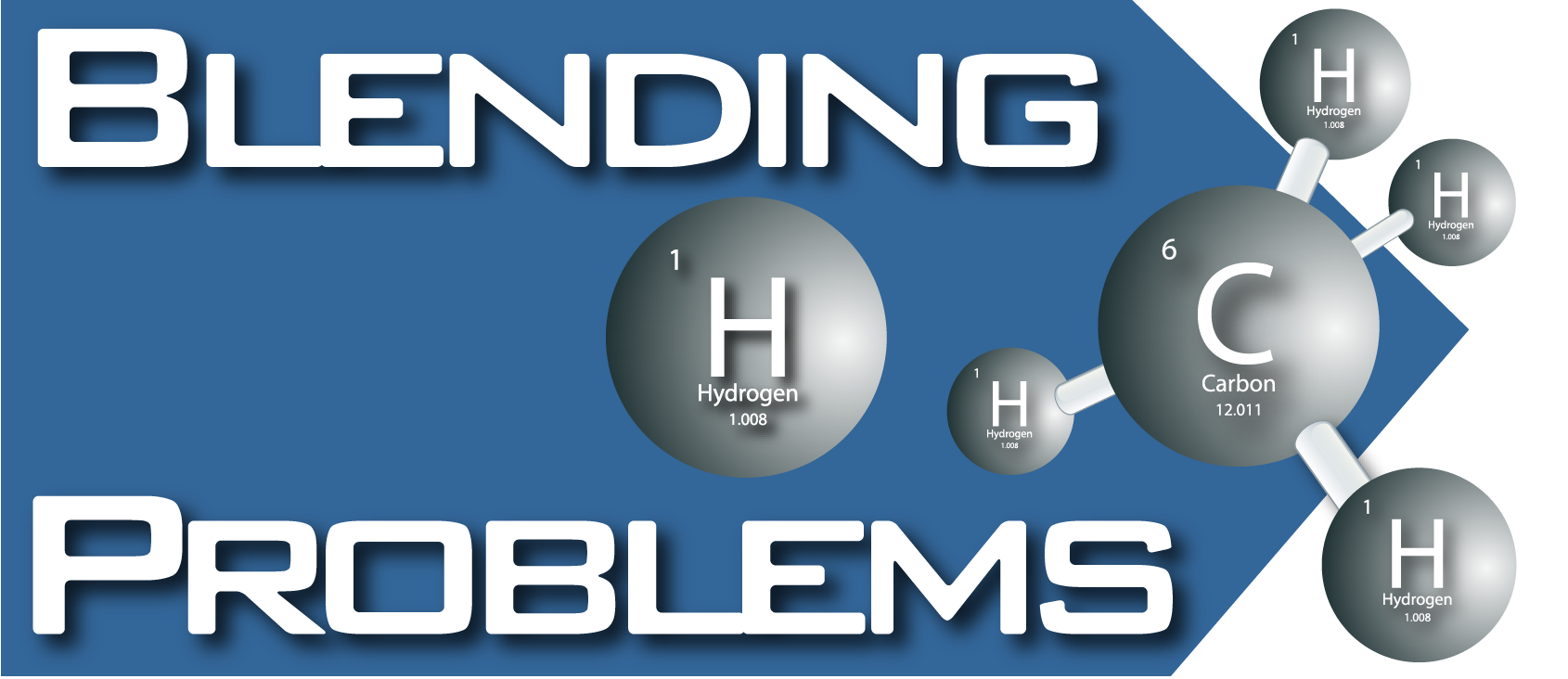The recorded webinar will discuss the potential problems in detail and changes required to continue to provide manageable risk to people, assets, and the environment.
Natural gas systems are abundant and blending hydrogen into the gas stream seems logical.
There are natural gas pipelines all over our country with compressor stations and storage systems to keep the gas flowing. At the end of the natural gas pipelines are a variety of systems designed to convert the natural gas in a process to tother beneficial products or to simply burn it as fuel. All the systems, since town gas was piped into cities for lighting, were designed and constructed specifically for natural gas.
Adding hydrogen to natural gas affects the metallurgy used in the construction of equipment is susceptible to hydrogen embrittlement.
Blended natural gas containing hydrogen will act different as it escapes containment.
Gas detector technology and detector locations were designed specifically for natural gas and the blended product has different characteristics that may make the detectors ineffective at detecting and subsequently prevent the detectors from alarming and initiating mitigation systems.
Blending hydrogen with natural gas will also affect the burner safe operating limit curves.
Hydrogen has different chemical and physical properties that will change the risks profile of the equipment used to move, burn, and process natural gas.

